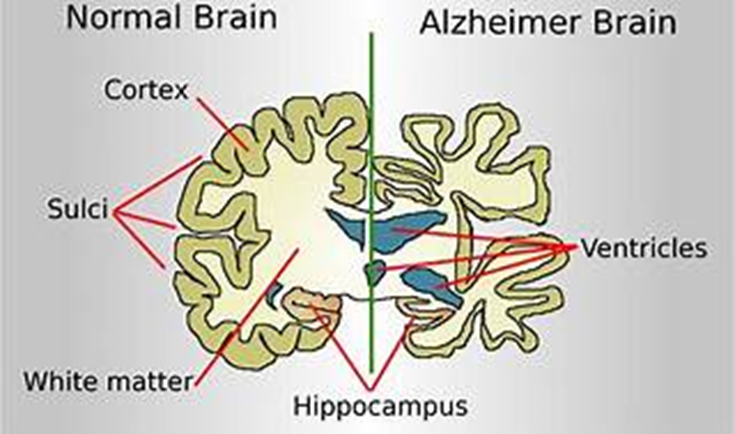An IV infusion of 125 mL of a GI prokinetic agent is ordered to be given over 1 hour. The nurse will use a microdrip infusion set (60 gtts/mL). How many drops per minute will the drug infuse at the proper rate?
Use a preceding zero if necessary. Do not use trailing zeros.
The Correct Answer is ["125"]
To calculate the infusion rate in drops per minute:
- Identify the total volume to be infused: 125 mL
- Identify the total time for infusion: 1 hour (which is 60 minutes)
- Identify the drop factor: 60 gtts/mL
Step 1: Calculate the infusion rate in mL per minute.
- Volume (mL) ÷ Time (minutes)
- 125 mL ÷ 60 minutes = 2.0833 mL per minute
Step 2: Calculate the infusion rate in drops per minute.
- Infusion rate (mL per minute) × Drop factor (gtts/mL)
- 2.0833 mL per minute × 60 gtts/mL = 125 gtts per minute
The drug will infuse at 125 drops per minute.
Nursing Test Bank
Naxlex Comprehensive Predictor Exams
Related Questions
Correct Answer is ["A","B","E"]
Explanation
Choice A Reason:
The statement “It is okay to eat dessert with my dinner every night” indicates a need for re-teaching. Diet plays a significant role in the risk of developing Alzheimer’s disease. Consuming high amounts of sugar and unhealthy fats can increase the risk of developing conditions like diabetes and cardiovascular disease, which are linked to a higher risk of Alzheimer’s. A balanced diet, such as the Mediterranean or MIND diet, which emphasizes fruits, vegetables, whole grains, and healthy fats, is recommended to reduce the risk.

Choice B Reason:
The statement “I have less to worry about because I am a female” is incorrect and indicates a need for re-teaching. In fact, women are at a higher risk of developing Alzheimer’s disease compared to men. This increased risk is partly due to women living longer than men, but even after accounting for longevity, women still have a higher incidence of Alzheimer’s. Therefore, it is crucial for females to be aware of their risk and take preventive measures.
Choice C Reason:
The statement “I can speak with my healthcare provider about genetic testing” does not indicate a need for re-teaching. Genetic testing can provide valuable information about one’s risk for Alzheimer’s disease, especially if there is a family history of the condition. While routine genetic testing is not generally recommended for everyone, discussing it with a healthcare provider can help individuals understand their risk and make informed decisions about their health.
Choice D Reason:
The statement “I need to make sure to take my blood pressure medication daily” is correct and does not indicate a need for re-teaching. Controlling blood pressure is crucial in reducing the risk of Alzheimer’s disease. High blood pressure, particularly in midlife, is a significant risk factor for cognitive decline and Alzheimer’s. Therefore, taking blood pressure medication as prescribed is an important preventive measure.
Choice E Reason:
The statement “I do not have time in my schedule to add a daily walk” indicates a need for re-teaching. Regular physical activity is one of the most effective ways to reduce the risk of Alzheimer’s disease. Exercise improves blood flow to the brain, reduces inflammation, and promotes the growth of new brain cells. Incorporating physical activity, such as a daily walk, into one’s routine is essential for maintaining cognitive health and reducing the risk of Alzheimer’s.
Correct Answer is C
Explanation
The correct answer is c.
Choice A Reason:
The statement “I am glad I’m getting out of here. I shouldn’t be here anyway.” indicates a lack of insight into the need for treatment and does not demonstrate readiness for discharge. Clients who are ready for discharge typically acknowledge their condition and the importance of ongoing care. This statement suggests denial or minimization of the issues that led to hospitalization, which can be a barrier to successful discharge and continued recovery1.
Choice B Reason:
The statement “I know I’m ready to go. I’ve got everything under control.” can be misleading. While it may seem positive, it lacks specific details about the client’s discharge plan and follow-up care. Readiness for discharge involves more than just feeling ready; it requires a concrete plan for managing medications, follow-up appointments, and support systems. Without these details, the statement does not fully indicate readiness for discharge.
Choice C Reason:
The statement “I have a list of my medications and have made an appointment with my doctor.” is correct. This statement demonstrates that the client has a clear understanding of their medication regimen and has taken proactive steps to ensure continuity of care after discharge. Having a follow-up appointment scheduled is a critical component of discharge planning, as it helps ensure that the client will continue to receive necessary support and monitoring. This level of preparation indicates that the client is ready for discharge.
Choice D Reason:
The statement “I just can’t get rid of these thoughts about dying.” is a serious concern and indicates that the client is not ready for discharge. Persistent thoughts of dying or suicidal ideation require immediate attention and intervention. Discharging a client with these thoughts would be unsafe and could lead to severe consequences. The client needs further evaluation and treatment to address these thoughts before being considered for discharge.
Whether you are a student looking to ace your exams or a practicing nurse seeking to enhance your expertise , our nursing education contents will empower you with the confidence and competence to make a difference in the lives of patients and become a respected leader in the healthcare field.
Visit Naxlex, invest in your future and unlock endless possibilities with our unparalleled nursing education contents today
Report Wrong Answer on the Current Question
Do you disagree with the answer? If yes, what is your expected answer? Explain.
Kindly be descriptive with the issue you are facing.
